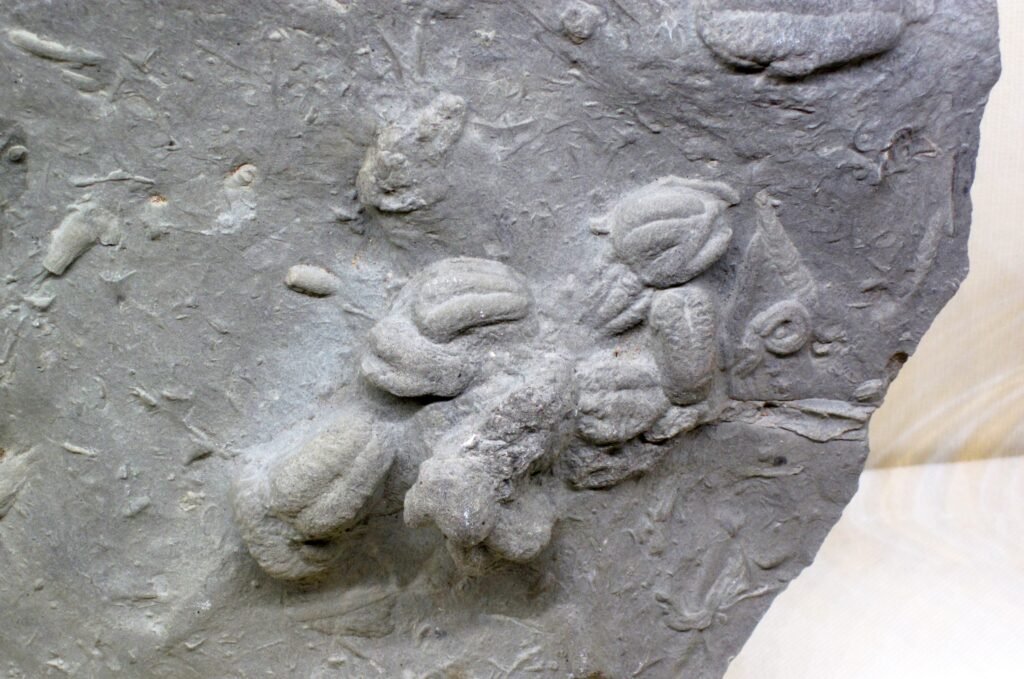Imagine stumbling across a 150-million-year-old dinosaur footprint preserved in stone, the ancient mud still showing the exact pattern of scales from the creature’s massive foot. This isn’t science fiction—it’s the incredible world of trace fossils, where the everyday activities of long-dead animals have been frozen in time. While most people think of fossils as bones and shells, these remarkable imprints of behavior tell us something even more precious: how ancient life actually lived, moved, and survived in worlds we can barely imagine.
The Silent Witnesses of Prehistoric Life

Trace fossils represent one of paleontology’s most fascinating detective stories, capturing moments of ancient behavior with stunning precision. Unlike body fossils that show us what organisms looked like, trace fossils reveal the intimate details of how they lived their daily lives millions of years ago.
These behavioral snapshots include everything from delicate insect trails to massive sauropod trackways stretching for miles across ancient landscapes. Scientists have discovered trace fossils dating back over 500 million years, providing an unbroken record of life’s activities through Earth’s most dramatic changes.
What makes trace fossils particularly special is their authenticity—they can’t be transported or reworked like body fossils. When you see a fossilized footprint, you’re looking at the exact spot where an ancient animal once stepped, creating an immediate connection across vast spans of time.
Footprints That Echo Through Time
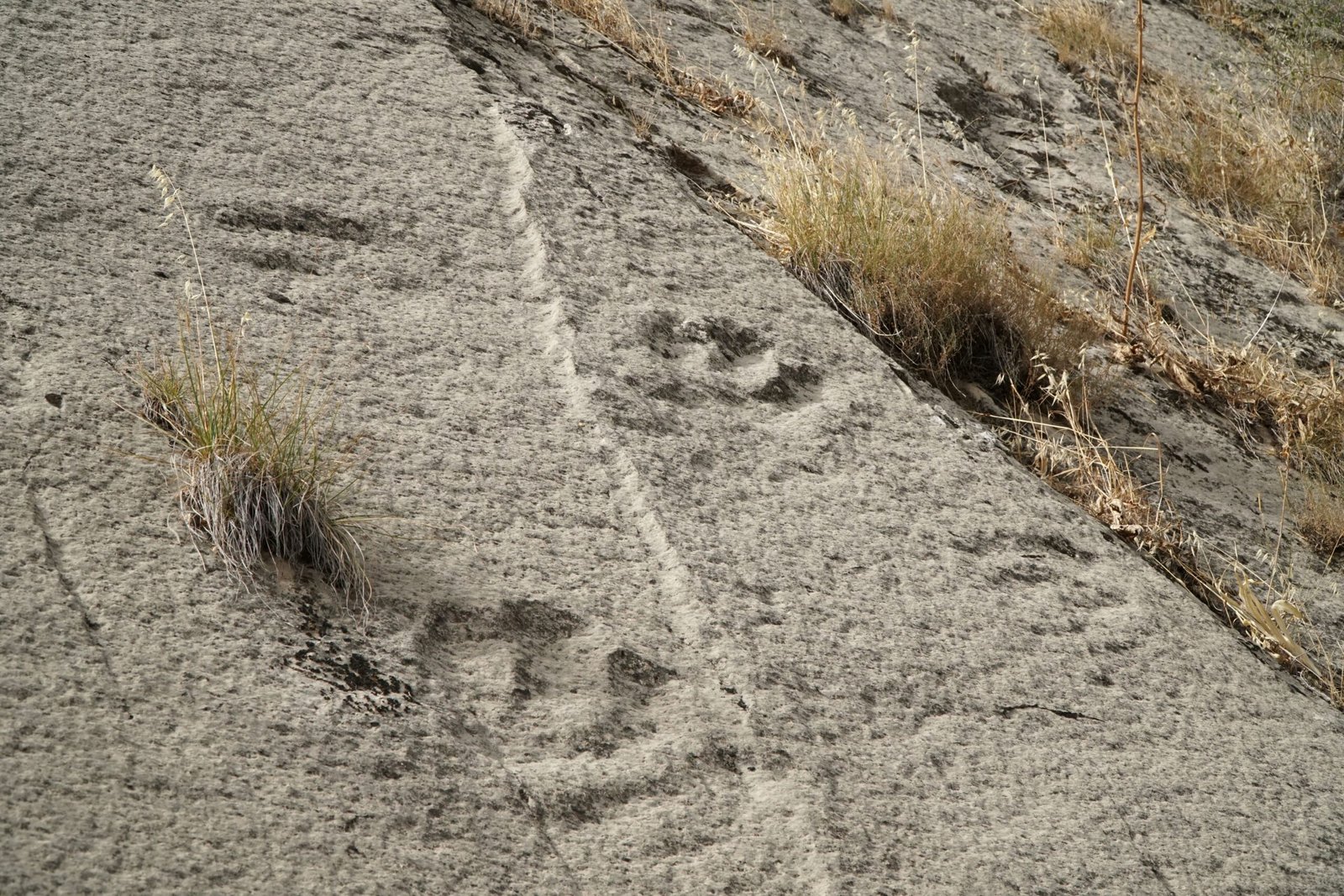
Dinosaur trackways remain the most spectacular examples of trace fossils, transforming our understanding of these ancient giants. The famous Paluxy River tracks in Texas show sauropods and theropods moving together, suggesting complex ecosystem interactions that bones alone could never reveal.
These prehistoric highways tell stories of migration, hunting, and social behavior that revolutionize our picture of dinosaur life. Some trackways show evidence of herding behavior, with dozens of individuals moving in coordinated groups across ancient floodplains.
Modern technology allows scientists to analyze these footprints with unprecedented detail, calculating everything from walking speeds to body mass. A single footprint can reveal whether a dinosaur was running, walking, or even limping from an injury.
The Underground Chronicles

Burrows and tunnels preserved in ancient rock formations open windows into the hidden lives of creatures that spent their time below ground. These trace fossils reveal complex underground ecosystems that thrived in environments we rarely consider when imagining prehistoric life.
Some of the most remarkable examples come from the Cambrian period, where intricate burrow systems show early animals engineering sophisticated underground networks. These ancient architects created multi-level structures with specific chambers for different purposes, much like modern prairie dog towns.
Marine burrows tell equally compelling stories, with some fossil examples showing how ancient sea creatures created elaborate spiral structures while filter-feeding. These trace fossils help scientists understand how ocean floor ecosystems developed and evolved over hundreds of millions of years.
Bite Marks: Violence Preserved in Stone

Perhaps no trace fossils capture the imagination quite like bite marks etched into ancient bones, preserving moments of predation and scavenging with brutal clarity. These fossilized injuries tell stories of life-and-death struggles that played out in prehistoric ecosystems.
Tyrannosaurus rex bite marks on Triceratops bones provide direct evidence of predator-prey relationships, with some specimens showing both healed and fatal wounds. These trace fossils reveal that some plant-eaters survived initial attacks, carrying scars as permanent reminders of their encounters with apex predators.
Even more intriguing are the bite marks that show evidence of pack hunting or scavenging behavior. Multiple sets of tooth marks on single bones suggest that prehistoric predators sometimes worked together or competed fiercely over carcasses.
Coprolites: The Fossilized Truth About Ancient Diets
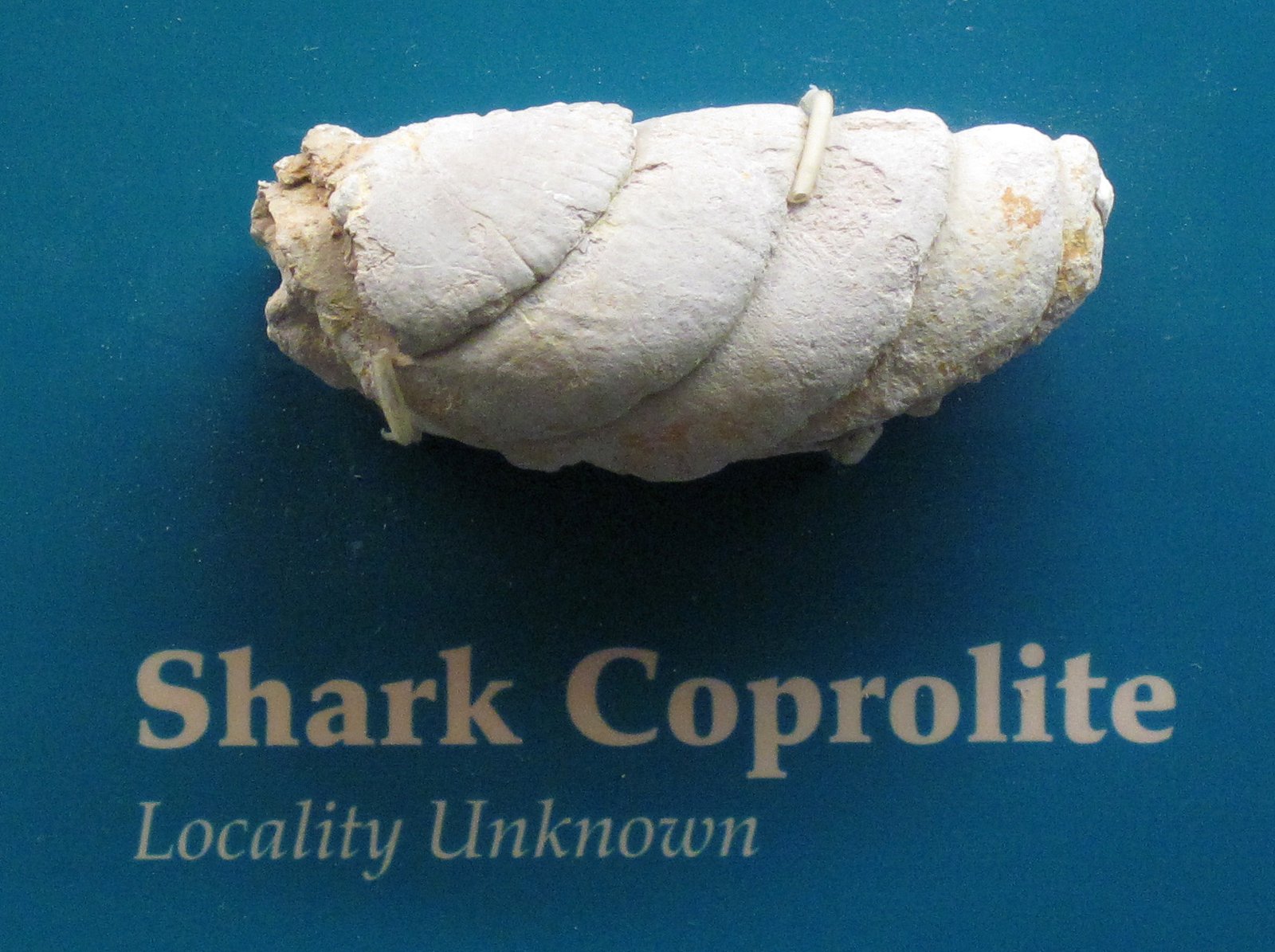
Fossilized dung, known as coprolites, might seem unseemly but represents some of the most informative trace fossils ever discovered. These prehistoric droppings contain undigested remains that reveal exactly what ancient animals ate, providing direct evidence of food webs and dietary preferences.
Some coprolites contain perfectly preserved fish scales, bone fragments, and plant material, offering snapshots of individual meals from millions of years ago. Scientists have even found evidence of internal parasites within these fossilized remains, showing that disease and infestation plagued ancient animals just as they do today.
The size and shape of coprolites can also help identify which animals produced them, creating a unique form of prehistoric CSI. Large, twisted coprolites with bone fragments typically come from carnivorous dinosaurs, while smaller, more fibrous specimens suggest herbivorous origins.
Nesting Sites and Parental Care
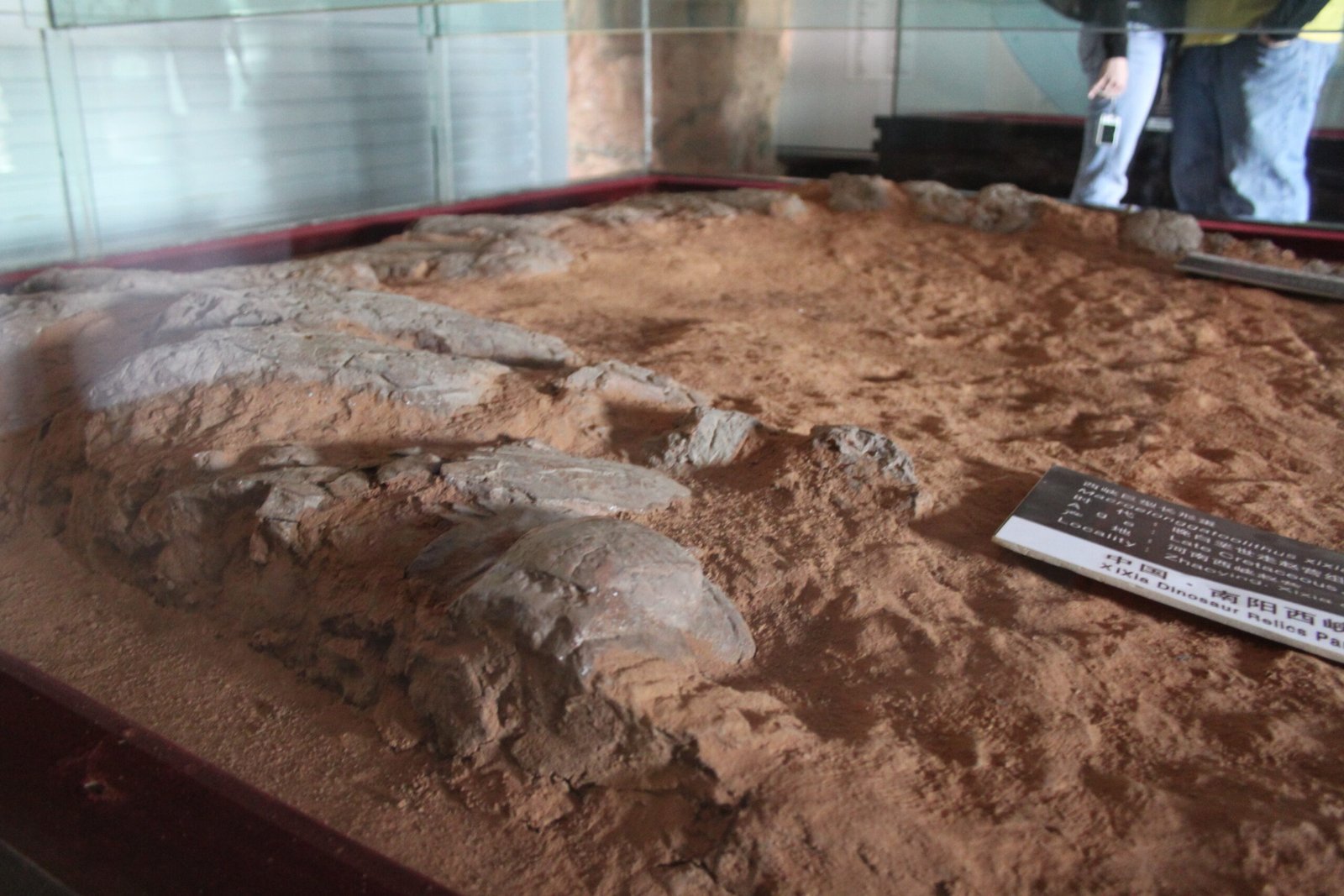
Fossilized nests provide touching glimpses into the family lives of extinct creatures, revealing sophisticated parental behaviors that challenge our assumptions about ancient animals. Dinosaur nesting sites in Montana and Argentina show evidence of complex social structures and dedicated parental care.
Some nest fossils contain multiple generations of use, suggesting that certain species returned to the same nesting grounds year after year. The arrangement of eggs within nests shows deliberate placement patterns, indicating that parents carefully organized their clutches for optimal incubation.
Even more remarkable are the rare fossils showing parent dinosaurs actually brooding their nests, with adult skeletons positioned protectively over their eggs. These discoveries completely transformed scientific understanding of dinosaur behavior, revealing them as caring parents rather than cold-blooded reptiles.
Swimming and Flight Patterns
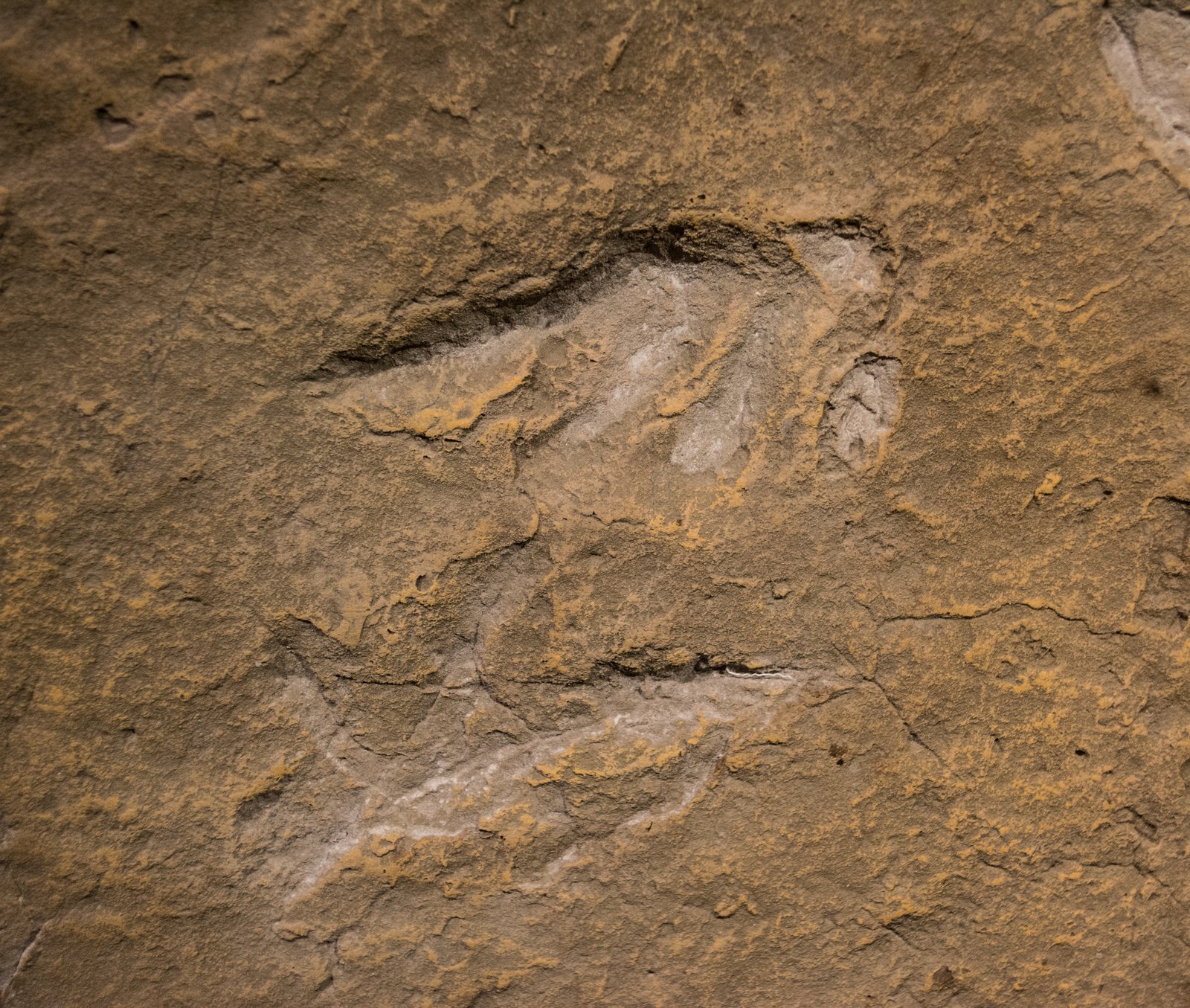
Trace fossils aren’t limited to terrestrial environments—ancient swimming and flying behaviors have also been preserved in remarkable detail. Pterosaur landing tracks show how these flying reptiles touched down and took off, revealing the mechanics of prehistoric flight.
Swimming traces in ancient lake beds capture the underwater movements of various creatures, from small arthropods to massive marine reptiles. These fossilized swim tracks often show the distinctive patterns created by different types of locomotion, whether paddling, undulating, or jet propulsion.
Some of the most intriguing examples come from bird-like dinosaurs, where fossilized feather impressions combine with trackways to show the transition from ground-dwelling to aerial lifestyles. These traces literally document the evolution of flight in real-time.
Tool Use and Problem-Solving Behavior
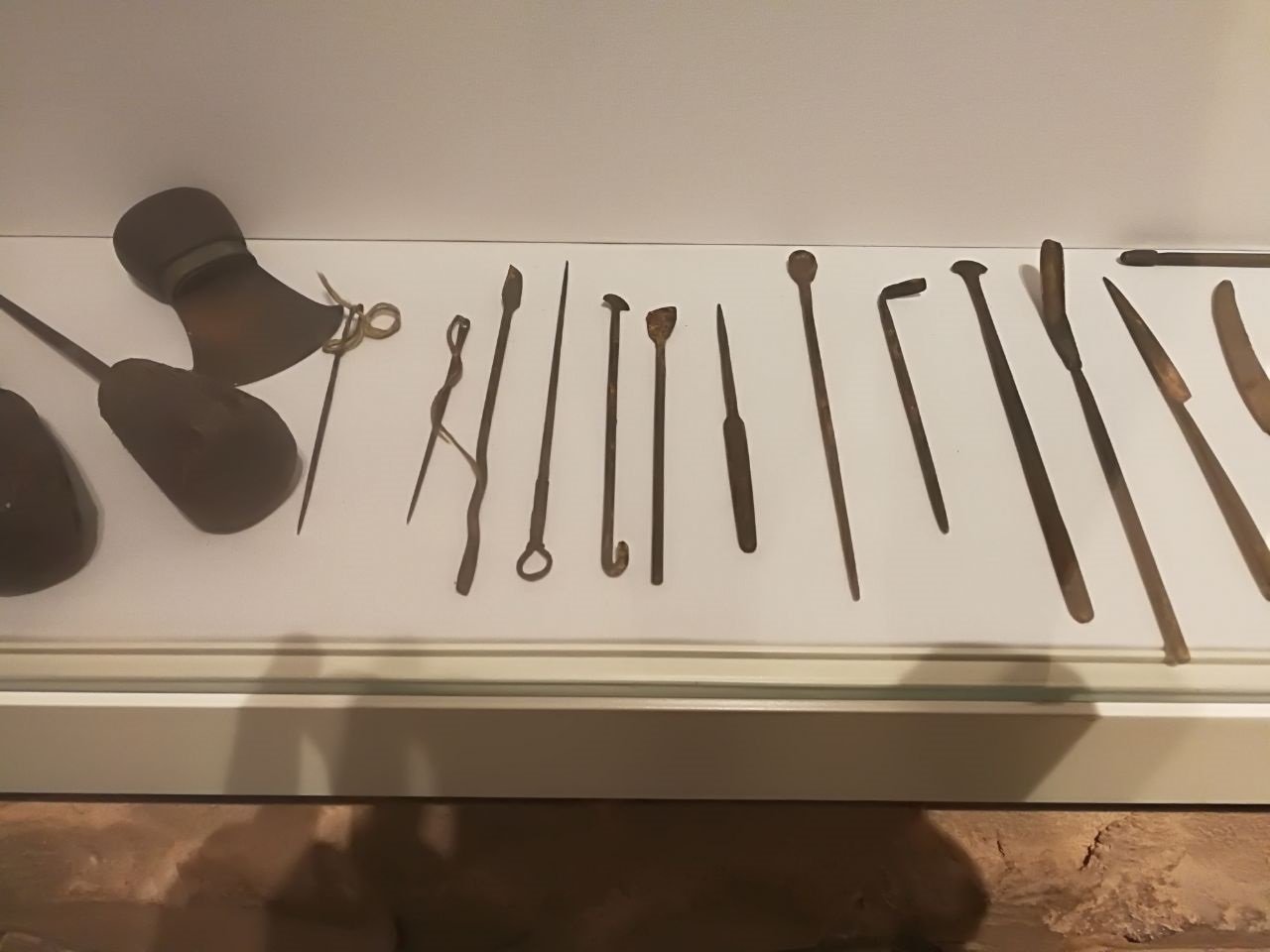
Trace fossils occasionally capture evidence of tool use and complex problem-solving behavior among ancient animals, challenging assumptions about prehistoric intelligence. Stone tools associated with early human ancestors represent some of the most significant trace fossils in terms of understanding cognitive evolution.
Even more surprising are traces suggesting tool use among non-human species, such as modified sticks used by ancient primates or deliberately shaped stones used by prehistoric birds. These discoveries push back the timeline of intelligent behavior far earlier than previously thought.
Some trace fossils show evidence of animals modifying their environment in sophisticated ways, creating dams, clearing vegetation, or redirecting water flow. These engineering projects rival anything modern animals accomplish, suggesting that complex environmental manipulation has ancient roots.
Healing and Survival Stories

Perhaps the most emotionally powerful trace fossils are those showing evidence of injury, healing, and survival against incredible odds. Healed bite marks, mended broken bones, and adaptive changes following trauma reveal the resilience of ancient life.
Some dinosaur bones show evidence of surviving massive injuries that would be fatal to most modern animals, suggesting robust healing abilities and possibly even primitive medical care within social groups. Broken ribs that healed perfectly, despite their size and complexity, hint at extended recovery periods with group support.
These survival stories become even more poignant when combined with other trace fossils, such as modified trackways showing how injured animals learned to walk differently or adapt their behavior to accommodate permanent disabilities.
Seasonal Behaviors and Migration Patterns

Trace fossils provide crucial evidence for understanding how ancient animals responded to seasonal changes and environmental challenges. Mass trackways showing synchronized movement patterns suggest large-scale migrations that rivaled anything seen in the modern world.
Some fossil sites preserve evidence of seasonal aggregations, where hundreds or thousands of individuals gathered at specific times of year, possibly for breeding, feeding, or shelter. These gatherings left behind dense concentrations of traces that paint vivid pictures of prehistoric social events.
Even more intriguing are the traces showing how animals prepared for seasonal changes, such as expanded burrow systems created before winter or cached food stores preserved in ancient sediments. These behaviors demonstrate sophisticated planning abilities that challenge our understanding of prehistoric cognition.
Symbiotic Relationships and Cooperation
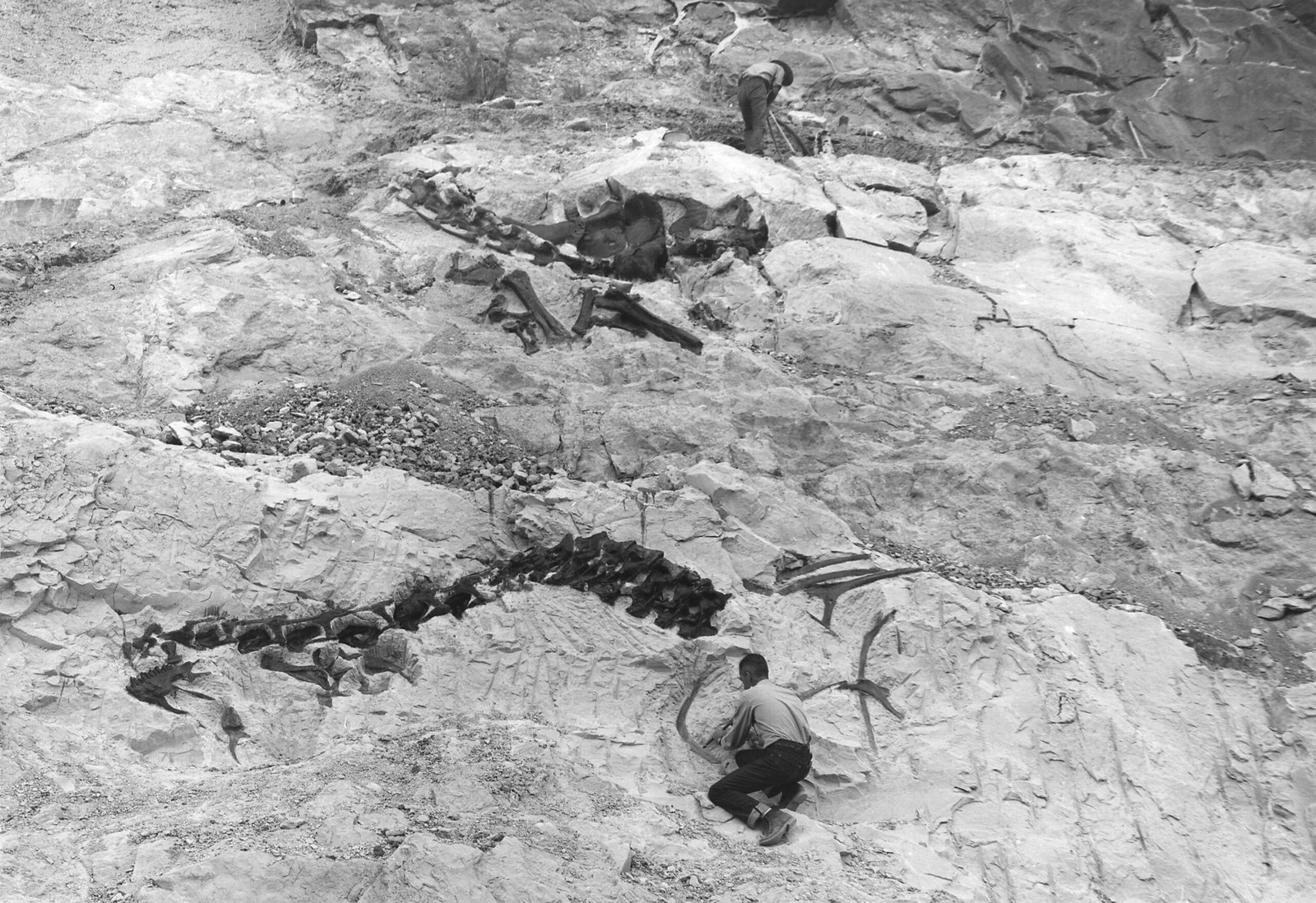
Trace fossils occasionally capture evidence of cooperative relationships between different species, revealing complex ecological partnerships that existed millions of years ago. Some burrow systems show clear evidence of shared occupancy, with different animals cohabiting in mutually beneficial arrangements.
Cleaning stations preserved in ancient reef environments show where large marine animals came to have parasites and dead tissue removed by smaller creatures. These fossilized service stations operated on the same principles as modern cleaning stations, suggesting that such cooperation has deep evolutionary roots.
Even more remarkable are traces showing different species coordinating their activities, such as mixed-species herds or feeding aggregations where various animals worked together to exploit food resources more effectively than they could alone.
Territory and Communication
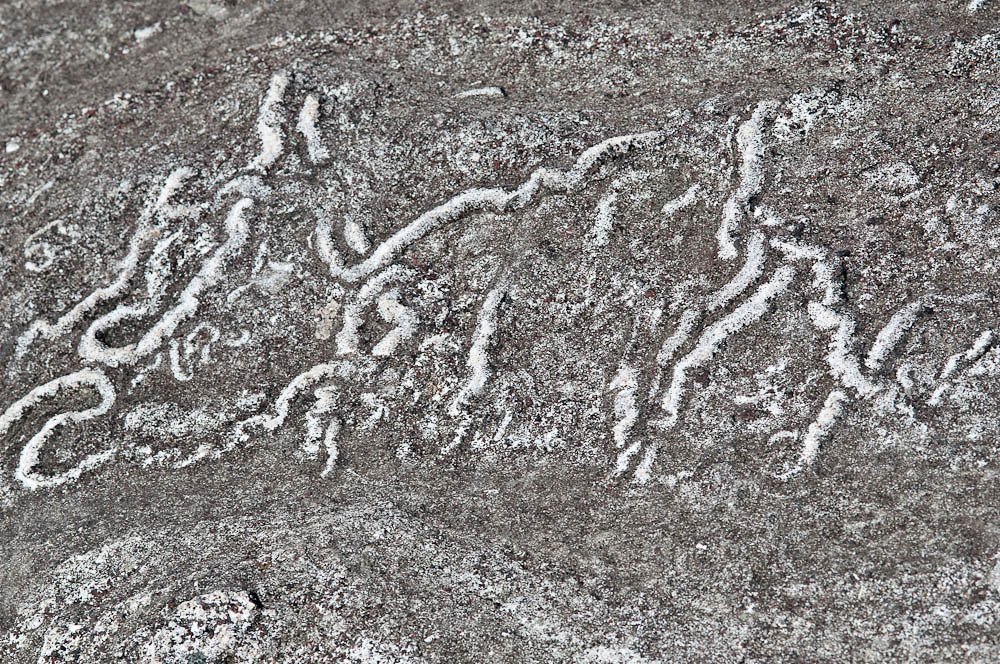
Territorial behaviors leave distinctive trace fossil signatures that help scientists understand how ancient animals organized their social lives and defended resources. Repeated markings, boundary definitions, and territorial displays preserved in stone reveal complex social structures.
Some of the most fascinating examples come from scratch marks and other territorial markers left by ancient mammals and dinosaurs. These traces show how animals established and maintained territories, with some patterns suggesting sophisticated communication systems.
Vocalization traces, though rare, occasionally preserve evidence of ancient communication, such as resonating chambers in burrows designed to amplify calls or specialized structures used for sound production. These discoveries hint at rich acoustic environments in prehistoric ecosystems.
Feeding Strategies and Foraging Behavior
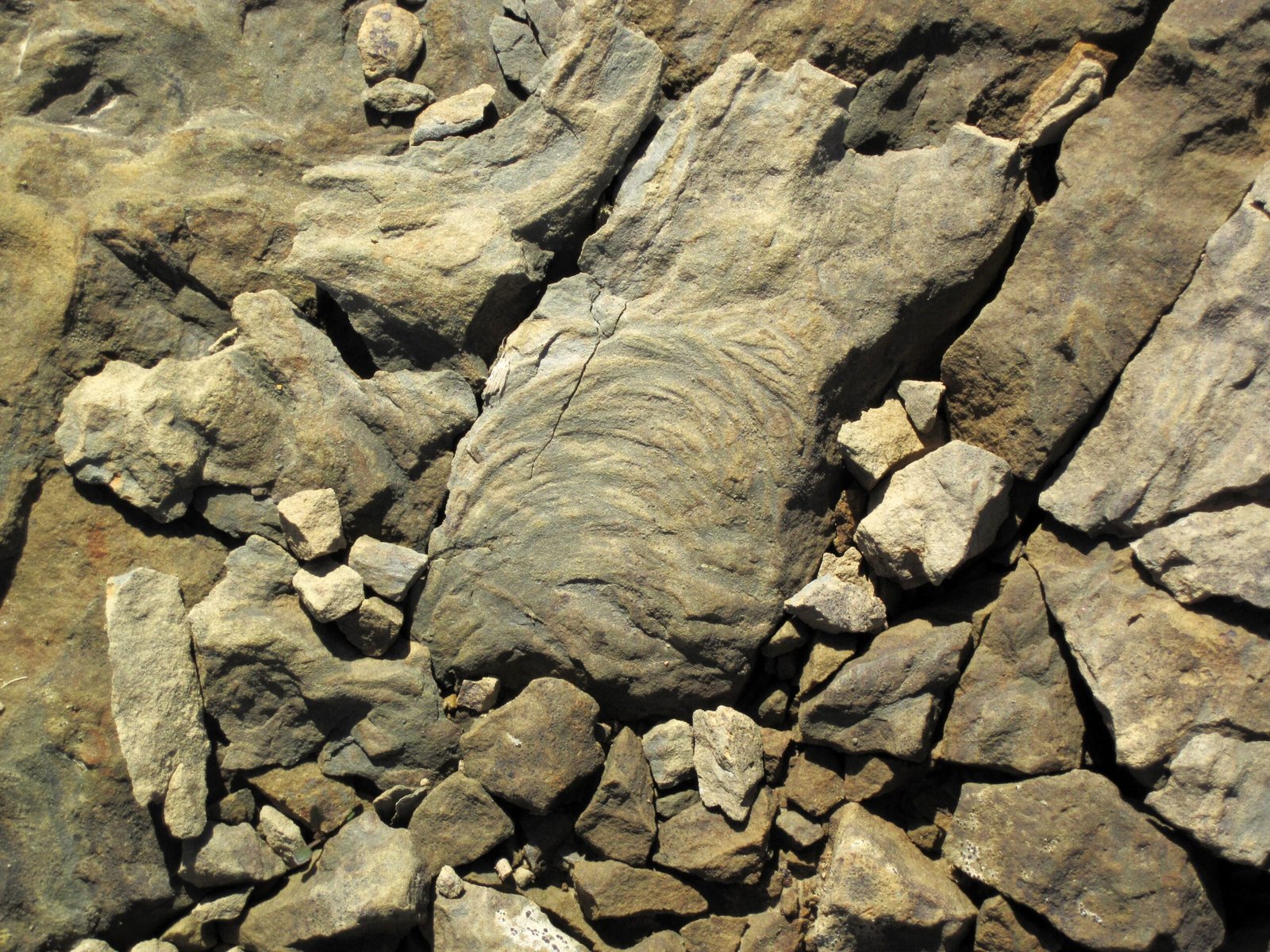
Trace fossils reveal the incredible diversity of feeding strategies employed by ancient animals, from delicate filter-feeding traces to massive bite marks showing powerful predation techniques. These feeding traces help reconstruct entire food webs and ecosystem dynamics.
Some fossil sites preserve detailed records of foraging behavior, showing how animals systematically searched for food in specific patterns or environments. These traces reveal optimized search strategies that maximized energy return while minimizing risk and effort.
Seasonal changes in feeding traces show how ancient animals adapted their diets to available resources, switching between different food sources as conditions changed throughout the year. These behavioral adaptations demonstrate remarkable flexibility and intelligence in prehistoric ecosystems.
Environmental Adaptations and Stress Responses
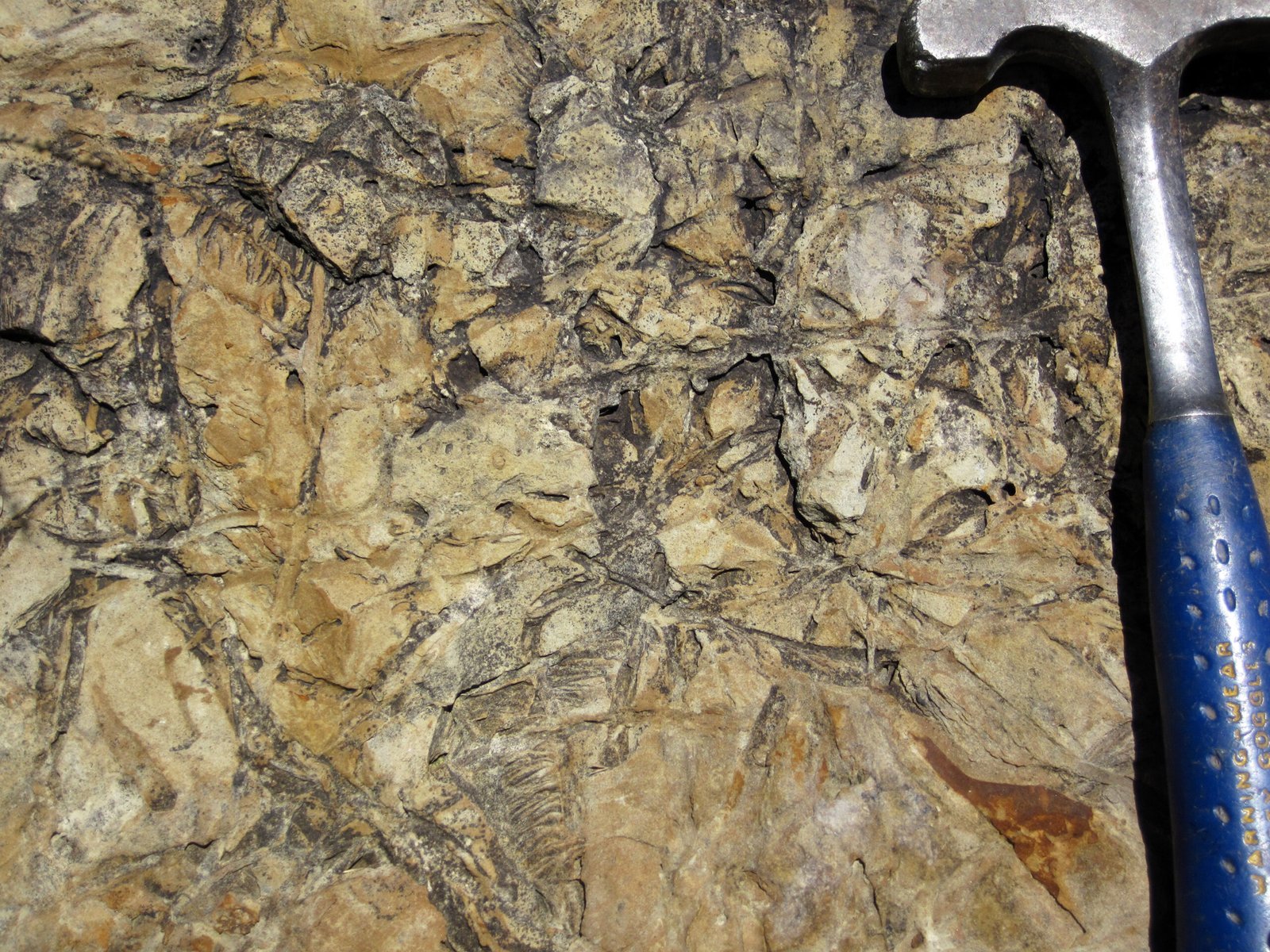
Trace fossils provide unique insights into how ancient life responded to environmental challenges, climate changes, and ecological stress. Behavioral modifications preserved in stone show the various strategies animals used to survive in changing conditions.
Some of the most telling examples come from periods of environmental transition, where trace fossils show animals altering their behaviors, expanding their ranges, or developing new survival strategies. These adaptations often preceded major evolutionary changes by millions of years.
Stress responses captured in trace fossils include changes in nesting behavior, modified migration patterns, and altered social structures. These behavioral shifts provide early warning signs of the environmental pressures that eventually led to extinctions or evolutionary adaptations.
The Technology Revolution in Trace Fossil Studies
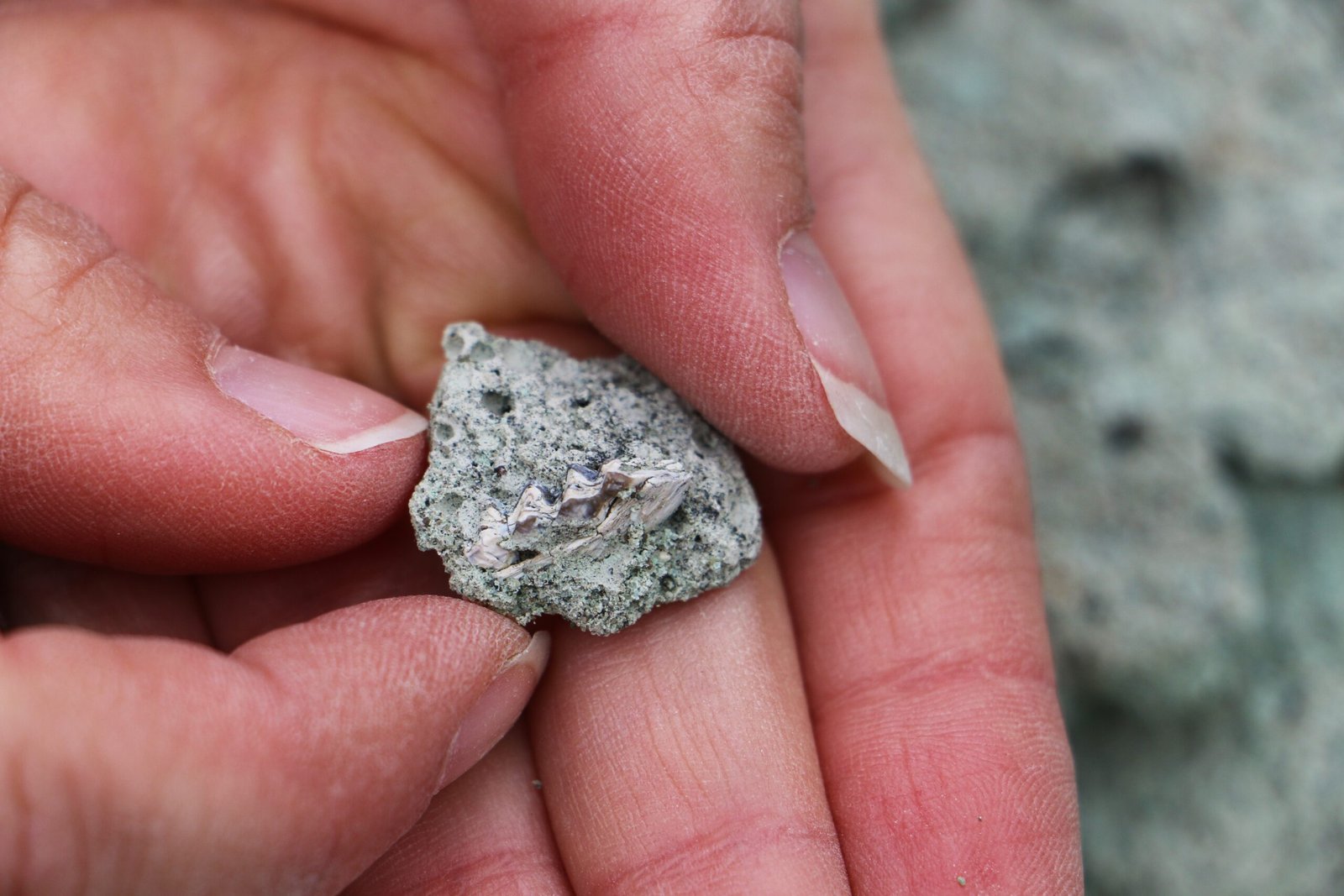
Modern technology has revolutionized how scientists study and interpret trace fossils, revealing details that were impossible to detect just decades ago. 3D scanning, computer modeling, and advanced imaging techniques now allow researchers to analyze trace fossils with unprecedented precision.
Digital reconstructions can now show exactly how ancient animals moved, revealing biomechanical details about gait, speed, and energy expenditure. These technological advances have corrected many long-held assumptions about prehistoric behavior and opened entirely new research directions.
Chemical analysis of trace fossils can now reveal information about ancient atmospheres, temperatures, and environmental conditions, turning behavioral traces into environmental records. This interdisciplinary approach combines paleontology, chemistry, and physics to create comprehensive pictures of ancient worlds.
Future Discoveries and Ongoing Mysteries
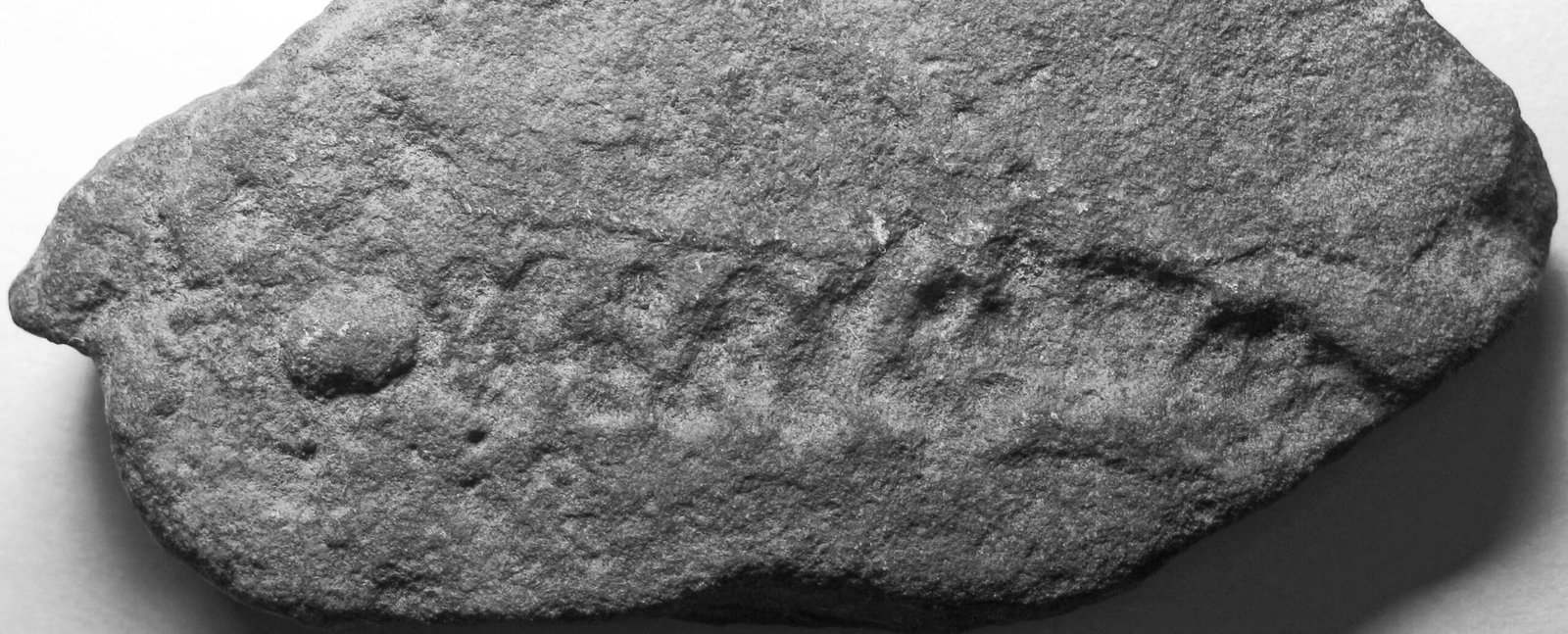
The field of trace fossil research continues to evolve rapidly, with new discoveries regularly challenging established theories about prehistoric life. Recent finds include evidence of complex social behaviors, sophisticated problem-solving abilities, and environmental adaptations that push back the timeline of various evolutionary developments.
Many trace fossils remain mysterious, representing behaviors or activities that have no modern analogues. These puzzling traces drive continued research and often lead to surprising discoveries about the capabilities and lifestyles of extinct animals.
Future research promises to reveal even more about ancient behavior, with new fossil sites being discovered regularly and analytical techniques becoming increasingly sophisticated. Each new trace fossil adds another page to the story of life on Earth, filling in details about how our planet’s incredible biodiversity developed over hundreds of millions of years.
Conclusion

Trace fossils represent some of the most intimate connections we can make with the ancient past, preserving moments of behavior that bring prehistoric worlds to vivid life. These remarkable records reveal that ancient animals were far more complex, intelligent, and socially sophisticated than we ever imagined.
From the thunderous footsteps of migrating dinosaur herds to the delicate traces of insects navigating Paleozoic forests, trace fossils capture the essence of life itself—not just what ancient creatures looked like, but how they lived, loved, and survived in worlds utterly different from our own. They remind us that behavior, relationships, and intelligence have deep evolutionary roots that stretch back hundreds of millions of years.
The next time you walk along a beach or hiking trail, remember that you’re creating your own traces—footprints, disturbed sediments, and signs of your passage that might, under the right conditions, become the trace fossils that future scientists will study to understand our own remarkable moment in Earth’s history.
What stories do you think your daily activities would tell if they were preserved for millions of years?

